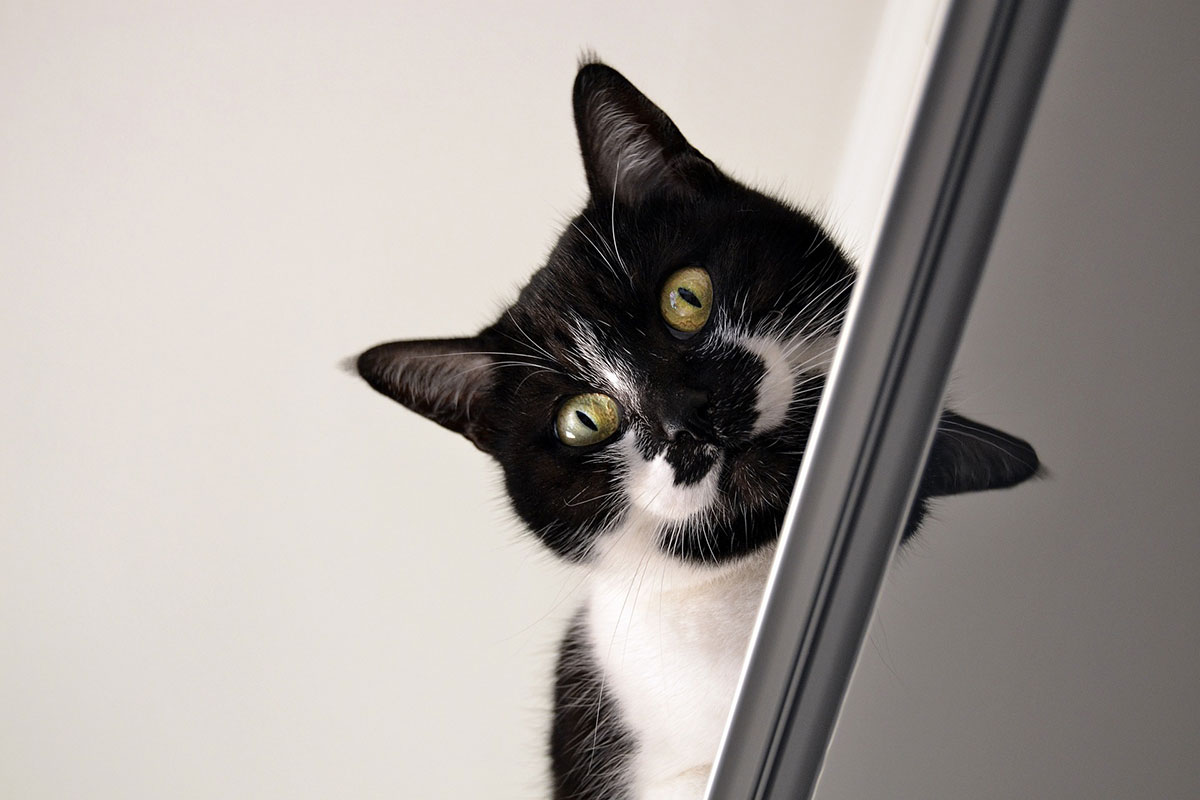Cats

I want to ...
Council encourages all owners to be responsible for their pets. As owners it is recommended that you provide adequate housing and food along with using responsible breeding practices.
If your cat causes a nuisance to your neighbours by persistently making noise, fouling their yard or attacking animals you can be issued with a Nuisance Cat Order and an infringement notice.
Read more about microchipping and pet registration, including details around regulation.
Responsible cat ownership
All cat owners have a responsibility to their cat, their community and the environment. The Cat Protection Society of NSW works with the community for the mutual benefit of cats, people and the natural environment and offers a range of educational responsible cat ownership materials.
Visit the Cat Protection website to view videos and factsheets on Good Neighbour topics.
Cats can be declared a nuisance if they:
- attack native wildlife
- destroy other peoples property
- cause too much noise.
10 essential tips for cat owners

- Do not allow your cat to roam.
- Ensure your cat wears a collar and bell.
- Avoid unwanted kittens, have your cat desexed.
- Have your cat registered and microchipped by 12 weeks of age.
- Do not allow your cat out at night.
- Ask your neighbours if your cat causes any nuisance problems - and if so, try to correct them.
- Do not allow your cat to enter local bushland or attack native wildlife.
- Keep your cat healthy and happy.
- Avoid nuisance problems caused by boredom.
- Make sure you really want a cat and are prepared to care for it before acquiring one.
Should I desex my pet?
All owners are encouraged to desex their cat. The cost of registration is less for a desexed animal, especially for pensioners.
- Early desexing eliminates the risk of serious diseases including reproductive cancers.
- Desexed cats grow up cleaner, healthier, quieter and more home loving.
- Desexing significantly reduces antisocial behaviour such as fighting and spraying.
- Desexed cats are less aggressive than entire cats.
Frequently asked questions
What do I do if I lose my cat?
List your cat (if possible with its microchip number) on the Impounded and lost pets page. You are also able to update your cat's status online as 'missing' via the NSW Pet Registry. You can also phone Council on 02 6670 2400.
- If your cat is microchipped and your details are current on the NSW Pet Registry, Council will be in contact if your cat has been impounded.
- If your cat is not microchipped, check the Impounded Animals list regularly.
- Door knock your local neighbourhood and speak with your neighbours.
- Contact the local Veterinary clinics for lost/ injured animals.
What do I do if I find a cat?
- Check for identification/registration tag - if the cat is wearing a name tag, phone the owner.
- Ask around the neighbourhood to see if anyone has lost a cat.
- Contact the local veterinary clinics to have the cat scanned for a microchip.
- Contact Council so we can take the cat to be scanned for a microchip and reunited with its owner.
If you can't find the owner within a reasonable amount of time you are required by law to contact Council - failure to do so can incur a $550 fine. People who are missing a cat will contact us, however they won't find it in your backyard.
Who can I contact if I am concerned about the welfare of an animal?
Report a case of animal cruelty online or over the phone with RSPCA New South Wales.
More information about cats
Cats (Felis catus) are thought to have been introduced to Australia with the First Fleet, but may have been introduced earlier from Dutch shipwrecks. There are 3 kinds of cat present in the Tweed: domestic cats, free-living strays and feral cats.
Studies have shown that domestic cats prey on approximately 480,000 animals in the urban environment each year! In the wild, feral cats can take 6 to 30 animals a night!
Cats:
- can have 2 litters per year, with litter size ranging from 2 to 7
- prey on native animals and have caused the extinction of and decline of many species
- carry infectious disease which can spread to native animals and humans
- are at a much greater risk of being attacked by other animals and being hit by cars when roaming outdoors.
Read more about native animals and wildlife protection areas.